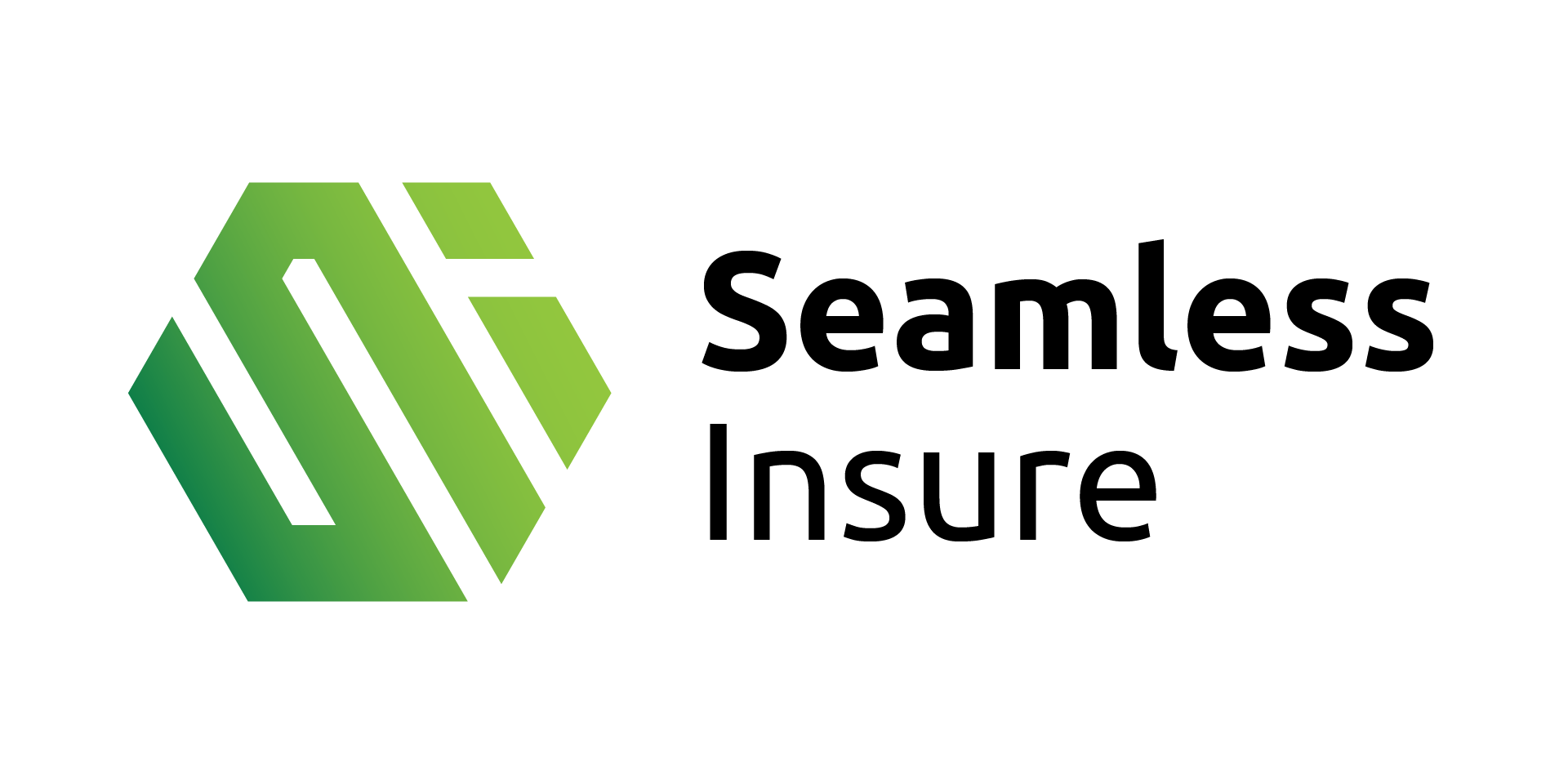
Unleashing The Power Of Innovation In Financial Services
My first memory related to automation is from a school excursion. When I was going to the local shipyard in my hometown, Harstad, Norway. They had some automated steel plate cutters run by a punched card device. It was made by Kongsberg Weapon Factory, enabling any specific shape. We learned that this was safer, faster, and more precise than a manual operation.
During the same time, I had the opportunity to work in my uncle’s lemonade factory during school vacations. It had a fully automated, Norwegian-built machine. It made small bags of sweet drinks, which would be sold to happy kids all over the north of Norway. I got the chance to tune some of the operations, to improve efficiency.
These experiences served as inspiration and probably was a decisive factor for me going to study computing and mathematics at the University of Tromsø (The Arctic University of Norway).
Now after spending 30+ years working within the Insurance industry. It is of course natural that most of my learnings and experience about automation and innovation come from the financial services sector.
When one of the largest insurance companies in Norway changed its legacy system in the nineties. It involved 100 in-house software developers, and the project went on for years. Many years later, when another insurance company implemented a similar system, it only took three months. The company in the first example bought the source code and did a lot of changes. The latter purchased a service, and they limited the programming to only the most required changes.
Today, it’s all about Software as a Service (SaaS) and Low-Code or No-Code (LCNC) development platforms, which fundamentally simplify, accelerate, and reduce the cost of automation and innovation.
I have experienced WordPress for a period and found it very easy to set up a website. Using drag-and-drop templates and features. It’s even more impressive when you can set up any complex business processes using modern visual workflow tools. Being in the same way as we are used to modelling them in Visio or PowerPoint. Followed by, instantly see them running and functioning.
This is fuelling and accelerating the speed of innovation dramatically. Earlier, we had to ask all those different stakeholders for funding and priority. When every idea had a long way to go from the business end to the developer’s end, with the risk of losing content and direction in the process. There had to be specifications, coding and quite a few rounds back and forth of testing and changes. After a long period of time, the changes had to be lifted through different server environments, along with required testing at all levels. In the end, there had to be regression testing to ensure nothing else had been affected.
This required a lot more resources and time, resulting in high costs and a lower threshold for any future changes. Even great ideas could be left in a drawer for oblivion. By the time an idea came through, it might be outdated already, or one might discover that the customers had already moved to another product or service provider.
Today, instead of this centralised and strictly regulated development process. One can quickly and easily nurture and mobilize the creative means and innovative powers of all layers in the organization. This being like this, because it is easier to engage. From my experience, the best idea may come from any team member, and when the speed and broadness of the rate of change increases, the number of opportunities escalates too. For any leader the main objective is to create a safe environment. That gives all team members the courage and opportunities to share thoughts and ideas. When working together, you will always find better solutions.
In the traditional legacy systems world, if you do a big solution investment after a great market survey. But later find out that the solution isn’t appreciated by the customers or is not fit for the changing market requirements. It is a very complex and costly process to adapt and update accordingly. There would have been several ways to miss on the communication level during the survey. Or you may not have fully understood the problem or the root causes.
In the world of low-code / no-code SaaS platforms, you can make changes and test as you go. And, you can present a test version with a realistic look and feel. Seeing the capabilities and benefits and any shortcomings quickly and easily. It becomes possible to make several models, test and verify, change, adjust and then go into production with an optimal solution. You may even implement two alternatives (A/B testing) and let the statistics tell you which one is the most appreciated.
This enables you to get quick and continuous feedback from your customers. That, isn’t just important for your innovation process but for all your business processes. Not too long ago I attended an exciting DIG (Digital Innovation for sustainable Growth) webinar, where Bulder Bank explained how they are sharing their service innovation roadmap with their customers, inviting them to provide feedback. If something is favoured, the customer may register for future service, or just subscribe for further information down the road. Some may be worried about revealing their ideas in public. But «Speed is everything» and customer engagement and transparency will take you further than keeping your cards close to your chest.
From my experience of the steel plate cutters in the seventies up to today. There is an endless line of improvements with automation. However, only recently the necessary tools have been made available for full participation. At all levels of the organization and have greatly simplified the automation journey.
Many organisations in the financial services industry are using low-code and SaaS. To digitize, modernize legacy apps, and integrate client journeys across channels. And more will follow soon.
According to a recent global market survey report, 97% of financial services that have taken low-code tools into use reported that low-code use exceeds their expectation when it comes to ease of use, cost savings, faster time to market and business agility. And 61% accepted that low-code is at least 30% faster than traditional development.
Are you amongst those who have started to use the tools to unleash the power of innovation in your organisation, or do you have obstructions keeping you from utilizing newer platforms?







